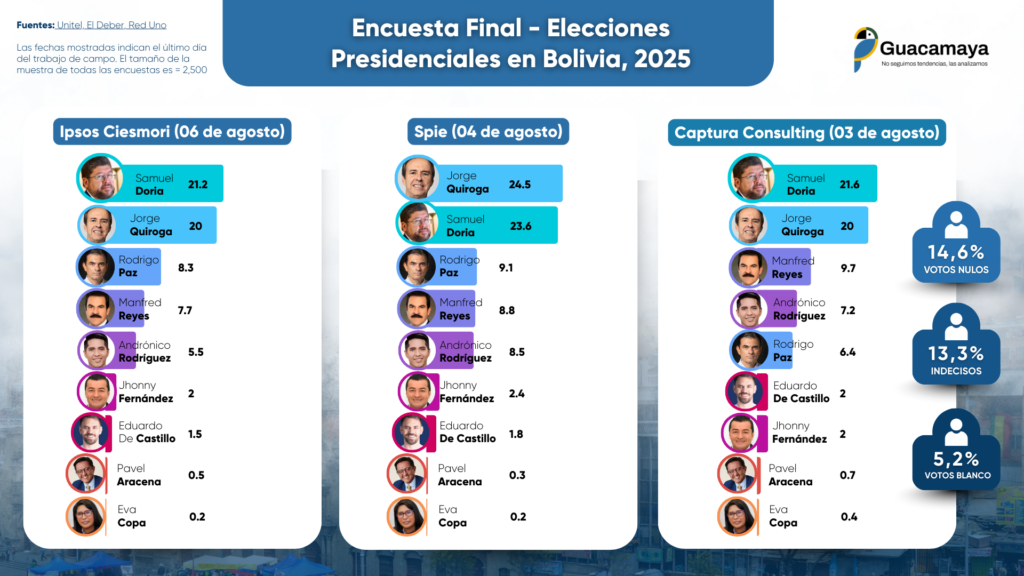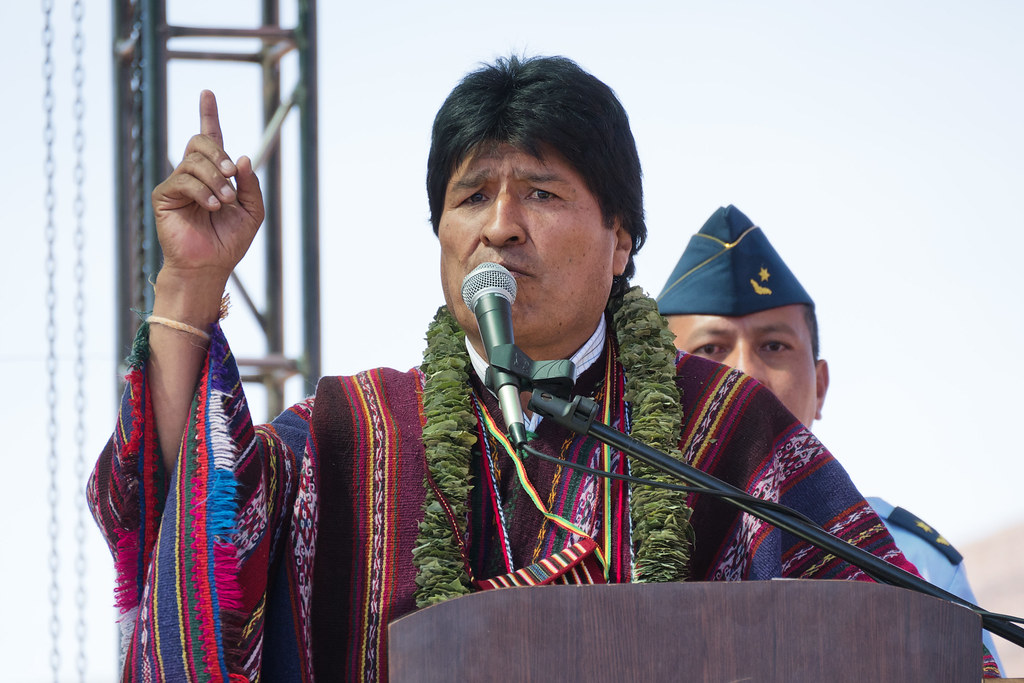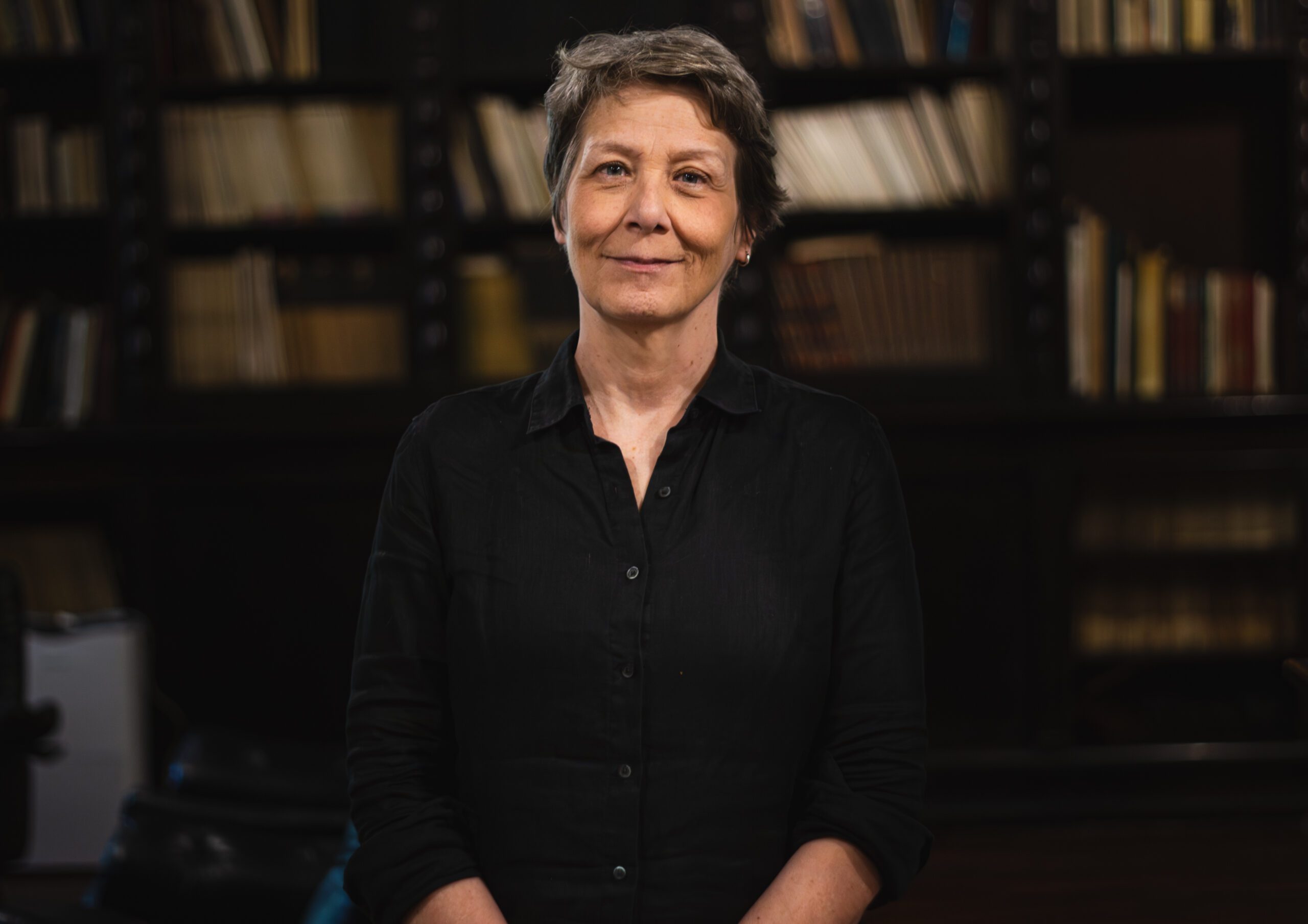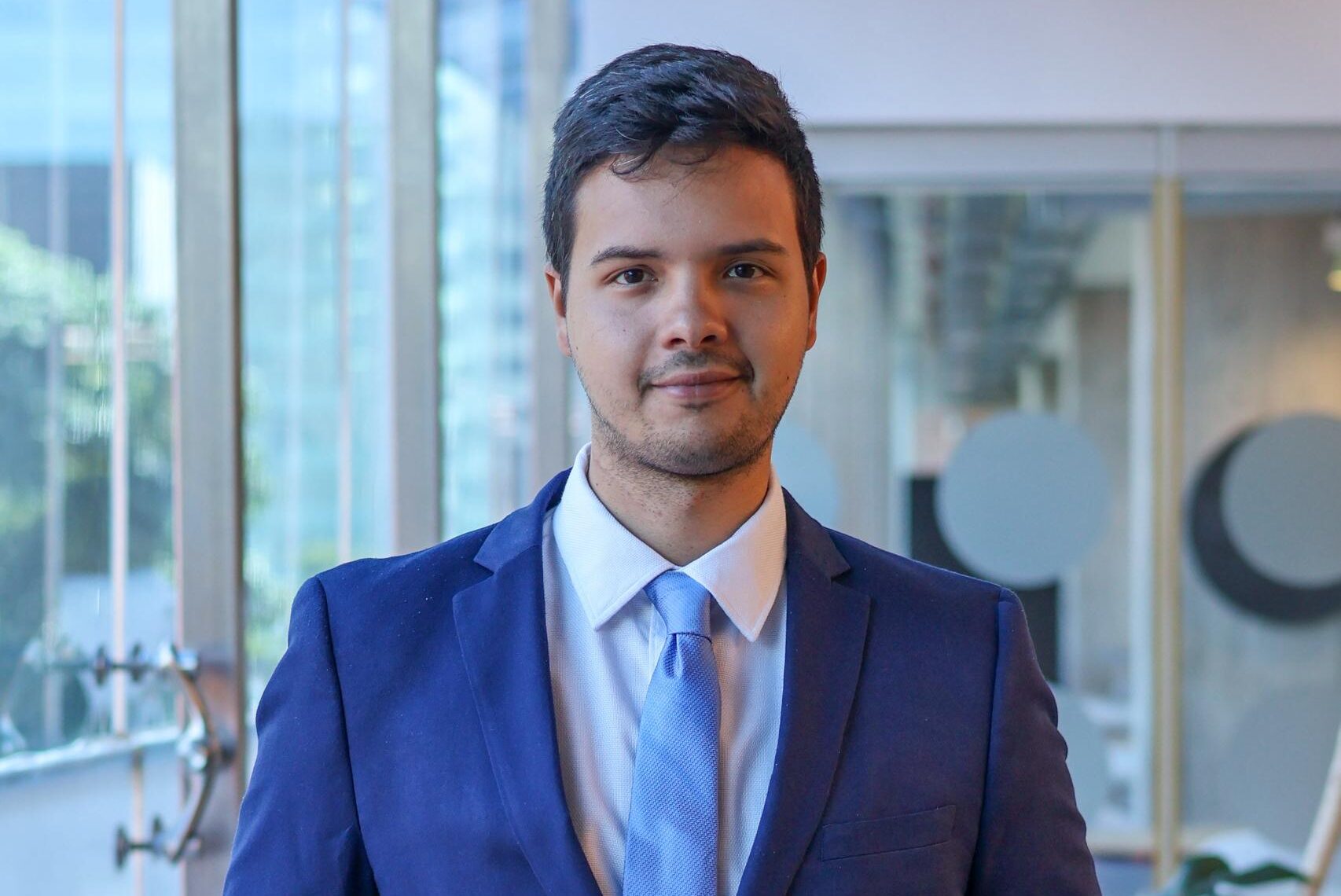Evo Morales, Bolivia’s president from 2006 to 2019, now calls for null votes against both the right and his former party, MAS. Photo: Samuel Auguste.
Jorge Barragán is an international analyst and graduate of the Central University of Venezuela.
Guacamaya, August 14, 2025. Bolivia is preparing to head to the polls this Sunday, August 17, in an election that, according to the latest polls, has a 99% chance of leading to a runoff on October 19. The reason is clear: no candidate is expected to reach the 50% of votes needed to win in the first round.
The main race pits former President Jorge “Tuto” Quiroga against businessman Samuel Doria Medina. For the first time, some polls show Quiroga as the potential winner, though Medina remains the favorite to come out ahead in the first round.
The context is unprecedented: Bolivia’s left arrives fragmented and without a strong candidate after President Luis Arce declined to run for reelection and former President Evo Morales was legally barred from participating. The internal feud between the two leaders has weakened the Movement for Socialism (MAS), which governed the country for nearly two decades.
A Country Under Economic and Social Pressure
The campaign unfolds amid record inflation—close to 25% year-over-year, according to official figures—and shortages of dollars and fuel, which have sparked protests and social tension.
The crisis is worsened by declining lithium exports, shrinking fiscal revenues, and internal political divisions. Morales, disqualified and in conflict with the current government, has called for null votes, further weakening his political faction. Candidates like Andrónico Rodríguez—once touted by Morales as his successor but now accused of betrayal—and former minister Eduardo del Castillo, backed by Arce, face a scattered and unmotivated electorate.
The End of a Strategic Alliance with Venezuela
Historically, Bolivia has been one of Venezuela’s most loyal allies in South America. From the close relationship between Evo Morales and Hugo Chávez to continued ties with Nicolás Maduro, La Paz maintained unbroken commercial, diplomatic, and political links.
Currently, the two countries maintain a net annual trade exchange of nearly $9 million and a direct flight between La Paz and Caracas. In international forums, Bolivia has consistently voted in favor of positions promoted by the Venezuelan government. However, all signs suggest the next Bolivian government will take an ideological turn, ending this alliance.

Quiroga vs. Doria Medina: The New Political Axis
The two main contenders, who began the campaign as allies, now represent different political projects—but with one common element: both propose a shift toward the center-right, distancing themselves from MAS’s ideological line.
Samuel Doria Medina
- Profile: Businessman and social democrat, with experience as Planning Minister (1991–1993) under Jaime Paz Zamora’s government. He was one of the architects of the privatization wave in the 1990s.
- Economic proposal: Fiscal adjustment, privatization of state companies, and attracting foreign investment, particularly in the gas sector with Brazil and Petrobras.
- Foreign policy: Restore relations with the U.S., strengthen ties with Europe, and maintain relations with Russia and China. He would suspend relations with Cuba and Venezuela “until democracy returns” and withdraw Bolivia from ALBA while maintaining participation in BRICS.
Doria presents himself as an outsider businessman, but this is his fifth presidential run. He currently serves as Vice President for Latin America and the Caribbean of the Socialist International.
Jorge “Tuto” Quiroga
- Profile: Conservative politician and former president of Bolivia for a brief period (2001–2002).
- Economic proposal: Restructuring with IMF financing and orthodox stabilization policies.
- Foreign policy: Full alignment with the U.S., withdrawal from Mercosur, and severing ties with Iran. He has been a vocal critic of Chavismo and the PSUV in international forums like the IDEA Group.
After three failed presidential bids, Quiroga seeks to return to the top of the Palacio Quemado. The candidate of the Liberty and Democracy alliance (running under the name Libre), he has been a staunch opponent of MAS for nearly 20 years.
The Weight of Santa Cruz and the Rural Vote Wildcard
The Santa Cruz region, with 22% undecided voters and the country’s largest population, could decide not only the first-round winner but also who gains an advantage heading into a runoff.
The rural vote—representing about 30% of the electorate and long a MAS stronghold—could spring surprises. It’s the lifeline leftist candidate Andrónico Rodríguez hopes will propel him to a runoff, though it seems unlikely given his declining poll numbers and Morales’ public denouncement of him last week.
The Surprise Factor: Rodrigo Paz
A name gaining traction is Rodrigo Paz, candidate of the Christian Democratic Party and son of former President Jaime Paz Zamora. Running alongside Edman Lara, a former National Police captain known for corruption allegations, Paz has gained popularity on social media, particularly TikTok. Polls surprisingly place him in third, potentially capturing enough votes to become a negotiation factor in a runoff.
An Ideological Shift with Regional Repercussions
If a runoff is confirmed and one of the two main contenders wins, Bolivia will align with center-right governments in the region, breaking with over 17 years of MAS hegemony (except for Jeanine Áñez’s interim government).
This shift would have a direct impact on South American geopolitics, relations with Venezuela, and Bolivia’s stance toward blocs like ALBA, Mercosur, and BRICS.







